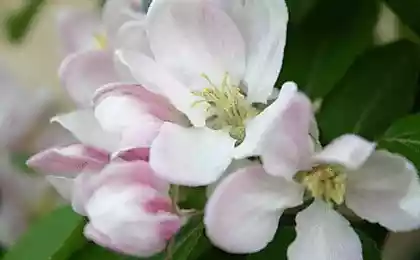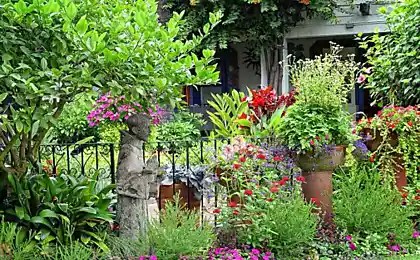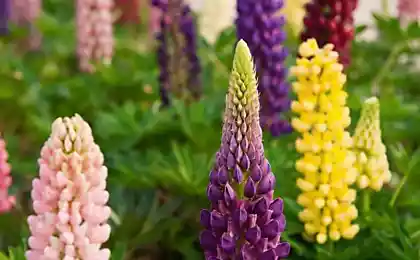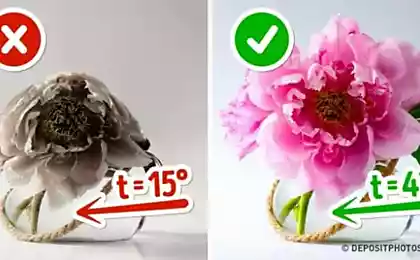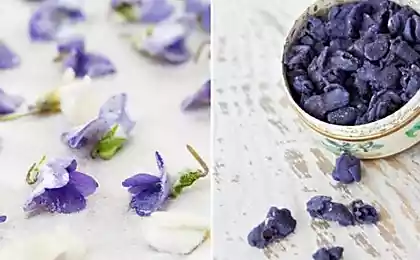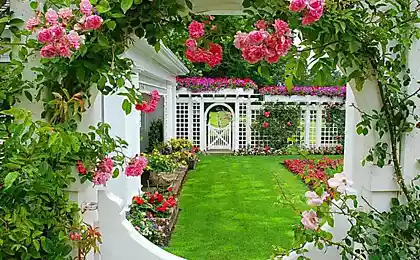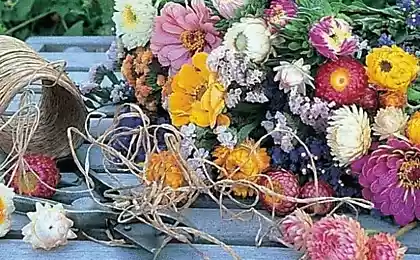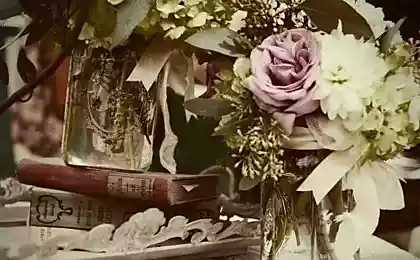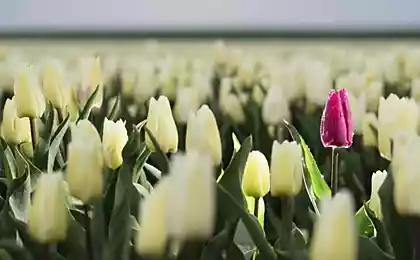340
Begonia is an ornamental plant with elegant flowers
If you are decorating your garden, balcony or just looking for beautiful plants for your home, begonia seedlings will be the perfect solution. Begonias are both universal flowers and add charm and individual character to any composition.
Thanks to the variety of colors and varieties, every gardener will be able to choose the perfect begonia tubers at https://yaskravaklumba.com.ua/. This planting material is of the highest quality, thanks to which the flowers will grow lush and beautiful.
With proper care, begonia can bloom throughout the season - the first flowers appear at the end of spring and can last until late autumn. Flowers grow all over the upper part of the stem, from the axils of the leaves. They are quite large and come in a variety of colors and shades, and can also differ in the location of the petals (full, semi-double, single).
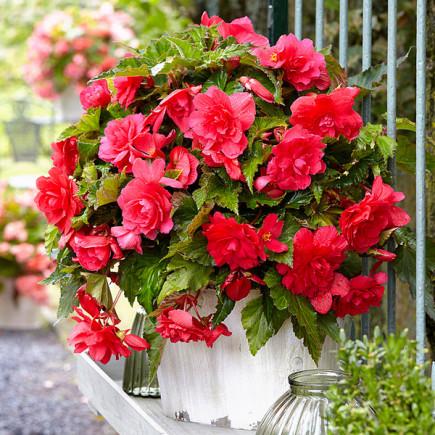
Characteristics of the plant and application
Begonias are a group of popular plants from the begonia family, with a wide selection of species, varieties and colors. Due to the possibility of growing them both in the garden and indoors, they are very popular in our country.
Begonia is a plant with male and female flowers, so it is easy to cross them. About 1,500 species of begonias are known in the world. In Ukraine, the most popular is the tuber begonia (Begonia tuberhybrida), which is presented on the flower market for the garden in a wide range of colors. An interesting offer among the species of begonias are, without a doubt, the varieties from the "hanging basket Pendula" group, which are characterized by smaller flowers and picturesquely hanging shoots, which is why they are usually called ampelous begonias. These varieties look best in tall containers or hanging planters.
According to morphological characteristics, begonias can be divided into three groups:
The standard tuberous begonia has an asymmetrical, loose habit, reaching about 20-30 cm in height. In large-flowered and small-flowered varieties, the stems are upright, but all three types of begonias have fleshy and highly moist stems. Leaves are also decorative to begonias - heart-shaped lanceolate, growing at the base and usually uneven and strongly jagged, planted on a short stem.
Not everyone knows that begonia flowers are edible, with a sour taste. They are added to dishes of Chinese, Indian and Central American cuisine. They are added to salads, sauces, desserts or simply used for decoration. Due to the fact that the flowers contain oxalic acid, they should not be consumed excessively, especially for people with kidney diseases.
Planting tuberous begonia - how to do it right?
Undoubtedly, the most popular way of growing begonia is in boxes and pots, although it can be seen more and more often in the open ground as a decoration along the edges of garden paths or ponds. It is worth remembering that when planting in a pot or box, it is worth providing a strong drainage layer (for example, expanded clay).
Therefore, most people who plant begonias in the soil usually buy already grown and flowering plants, which are transplanted from pots as intended. Outdoors, begonias should be planted about 20-25cm apart, but the exact spacing will depend on the size of the variety.
Where to plant begonia tubers?
Tuberous begonias like semi-shady and sheltered places, although ampel small-flowered forms or perennially blooming begonias prefer sunny places.
These flowers prefer loose soil with high nutrient content. They also do not neglect compost or shredded bark and sand.
The substrate should also be warm and moist, because dried bulbs cannot be restored. It is also good that the soil for planting begonias has a slightly acidic reaction.
Thanks to the variety of colors and varieties, every gardener will be able to choose the perfect begonia tubers at https://yaskravaklumba.com.ua/. This planting material is of the highest quality, thanks to which the flowers will grow lush and beautiful.
- Begonia is one of the most diverse plants in terms of the number of species. Its name comes from the name of the governor of the French West Indies - Michel Begon. Due to its alternating leaves and asymmetric leaf blades, it is also commonly known as a slanting plant.
- Due to the wide variety of species, begonias are very attractive plants both in appearance and not very complicated care. Begonia seedlings can be grown as a houseplant or on a balcony, terrace or gazebo. Some varieties, however, can be successfully planted directly into the soil.
With proper care, begonia can bloom throughout the season - the first flowers appear at the end of spring and can last until late autumn. Flowers grow all over the upper part of the stem, from the axils of the leaves. They are quite large and come in a variety of colors and shades, and can also differ in the location of the petals (full, semi-double, single).

Characteristics of the plant and application
Begonias are a group of popular plants from the begonia family, with a wide selection of species, varieties and colors. Due to the possibility of growing them both in the garden and indoors, they are very popular in our country.
Begonia is a plant with male and female flowers, so it is easy to cross them. About 1,500 species of begonias are known in the world. In Ukraine, the most popular is the tuber begonia (Begonia tuberhybrida), which is presented on the flower market for the garden in a wide range of colors. An interesting offer among the species of begonias are, without a doubt, the varieties from the "hanging basket Pendula" group, which are characterized by smaller flowers and picturesquely hanging shoots, which is why they are usually called ampelous begonias. These varieties look best in tall containers or hanging planters.
According to morphological characteristics, begonias can be divided into three groups:
- small-flowered;
- large-flowered;
- with drooping shoots.
The standard tuberous begonia has an asymmetrical, loose habit, reaching about 20-30 cm in height. In large-flowered and small-flowered varieties, the stems are upright, but all three types of begonias have fleshy and highly moist stems. Leaves are also decorative to begonias - heart-shaped lanceolate, growing at the base and usually uneven and strongly jagged, planted on a short stem.
Not everyone knows that begonia flowers are edible, with a sour taste. They are added to dishes of Chinese, Indian and Central American cuisine. They are added to salads, sauces, desserts or simply used for decoration. Due to the fact that the flowers contain oxalic acid, they should not be consumed excessively, especially for people with kidney diseases.
Planting tuberous begonia - how to do it right?
Undoubtedly, the most popular way of growing begonia is in boxes and pots, although it can be seen more and more often in the open ground as a decoration along the edges of garden paths or ponds. It is worth remembering that when planting in a pot or box, it is worth providing a strong drainage layer (for example, expanded clay).
- When growing in containers, begonia tubers can be planted in the second half of February, this will allow the plant to bloom in the second half of May or at the latest in early June.
- The tubers are planted to a depth of 5-8 cm, the upper part about 2 cm below the soil surface. The concave part of the tuber should face upwards. Before planting, begonia tubers can be soaked in a weak manganese solution for 40-45 minutes, which will increase the resistance of the plant to fungal diseases and allow a better start of vegetation.
- In the case of planting begonia tubers directly in the soil, a suitable date will be the second decade of May.
Therefore, most people who plant begonias in the soil usually buy already grown and flowering plants, which are transplanted from pots as intended. Outdoors, begonias should be planted about 20-25cm apart, but the exact spacing will depend on the size of the variety.
Where to plant begonia tubers?
Tuberous begonias like semi-shady and sheltered places, although ampel small-flowered forms or perennially blooming begonias prefer sunny places.
These flowers prefer loose soil with high nutrient content. They also do not neglect compost or shredded bark and sand.
The substrate should also be warm and moist, because dried bulbs cannot be restored. It is also good that the soil for planting begonias has a slightly acidic reaction.
Psychologists unanimously say that there is no friendship with exes without a hidden motive.
Wandering in the United States tempered the character of Roman Kostomarov, we wish recovery

